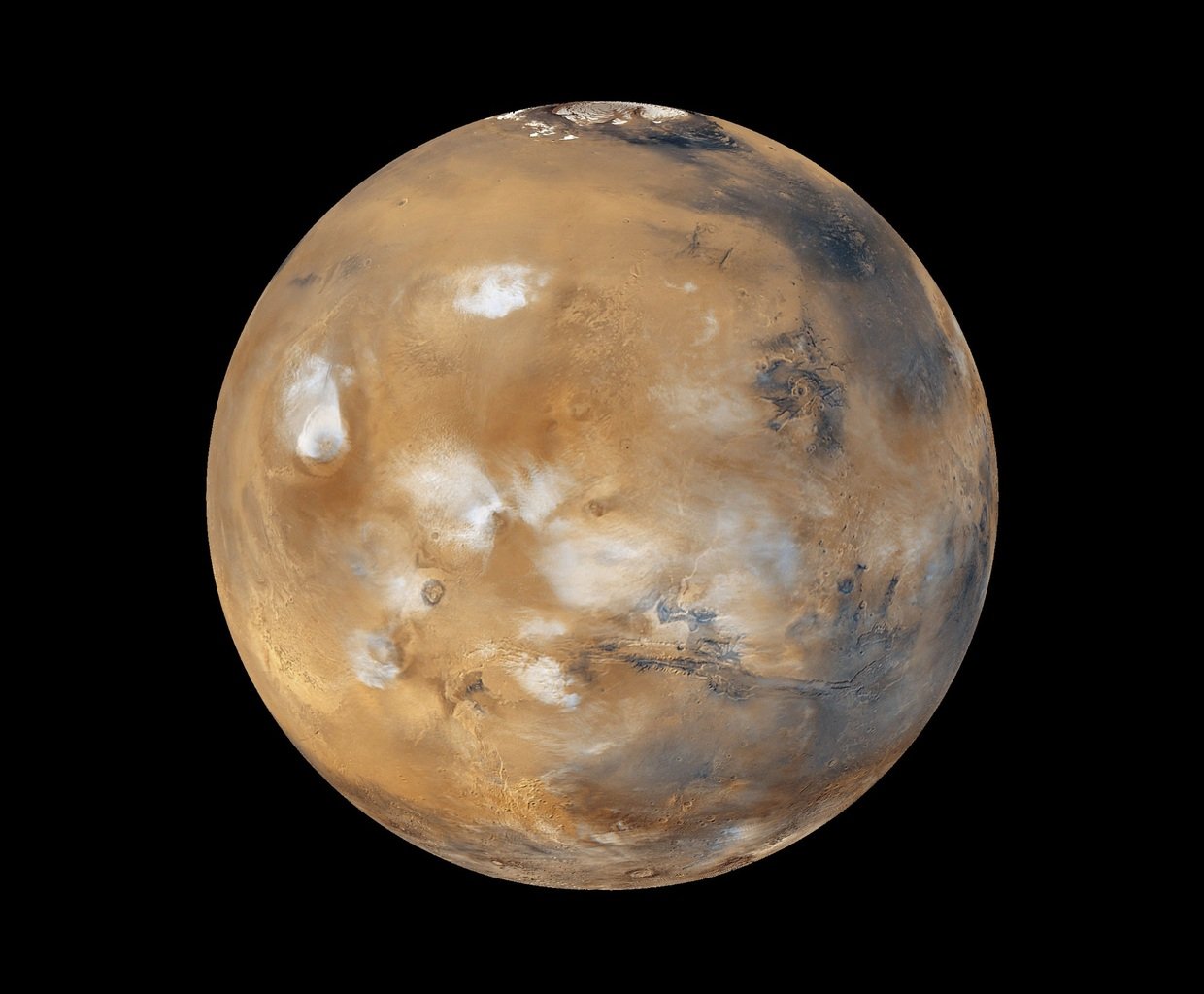NASA is looking for volunteers to join a one-year Mars surface simulation mission. This mission aims to help the space agency plan for human exploration of Mars.
The agency seeks applications from healthy, motivated U.S. citizens or permanent residents. Applicants should be non-smokers, aged 30-55, and proficient in English. This mission, called the Crew Health and Performance Exploration Analog (CHAPEA), is the second planned ground mission. It is set to begin in the spring of 2025. Interested individuals have until April 2 to apply.
The mission will involve a four-person crew living and working for a year in a 1,700-square-foot, 3D-printed habitat. This habitat, named Mars Dune Alpha, is located at the Johnson Space Center in Houston. The habitat will simulate the challenges of a Mars mission, including limited resources, communication delays, equipment failures, and other environmental stressors.
During the mission, the volunteer crew will perform tasks such as simulated spacewalks, habitat maintenance, robotic operations, exercise, and crop growth. NASA is looking for candidates with a strong desire for unique and rewarding adventures and an interest in contributing to NASA’s Mars exploration efforts.
Applicants must have a master’s degree in a STEM field like engineering, mathematics, or biological, physical, or computer science from an accredited institution. They also need at least two years of professional STEM experience or a minimum of one thousand hours piloting an aircraft. NASA will provide compensation for mission participants.
The insights gained from these simulated missions will inform crew health and performance support during actual astronaut expeditions to Mars. Until now, NASA has sent robotic rovers and a helicopter to explore Mars, but no humans have set foot on the planet yet. Living for a year on Mars will be much more challenging.
The Red Planet can be hostile, with temperatures dropping as low as -225 degrees Fahrenheit. Mars’ atmosphere has high levels of carbon dioxide, nitrogen, and argon gases, giving it a hazy, dusty red sky.




